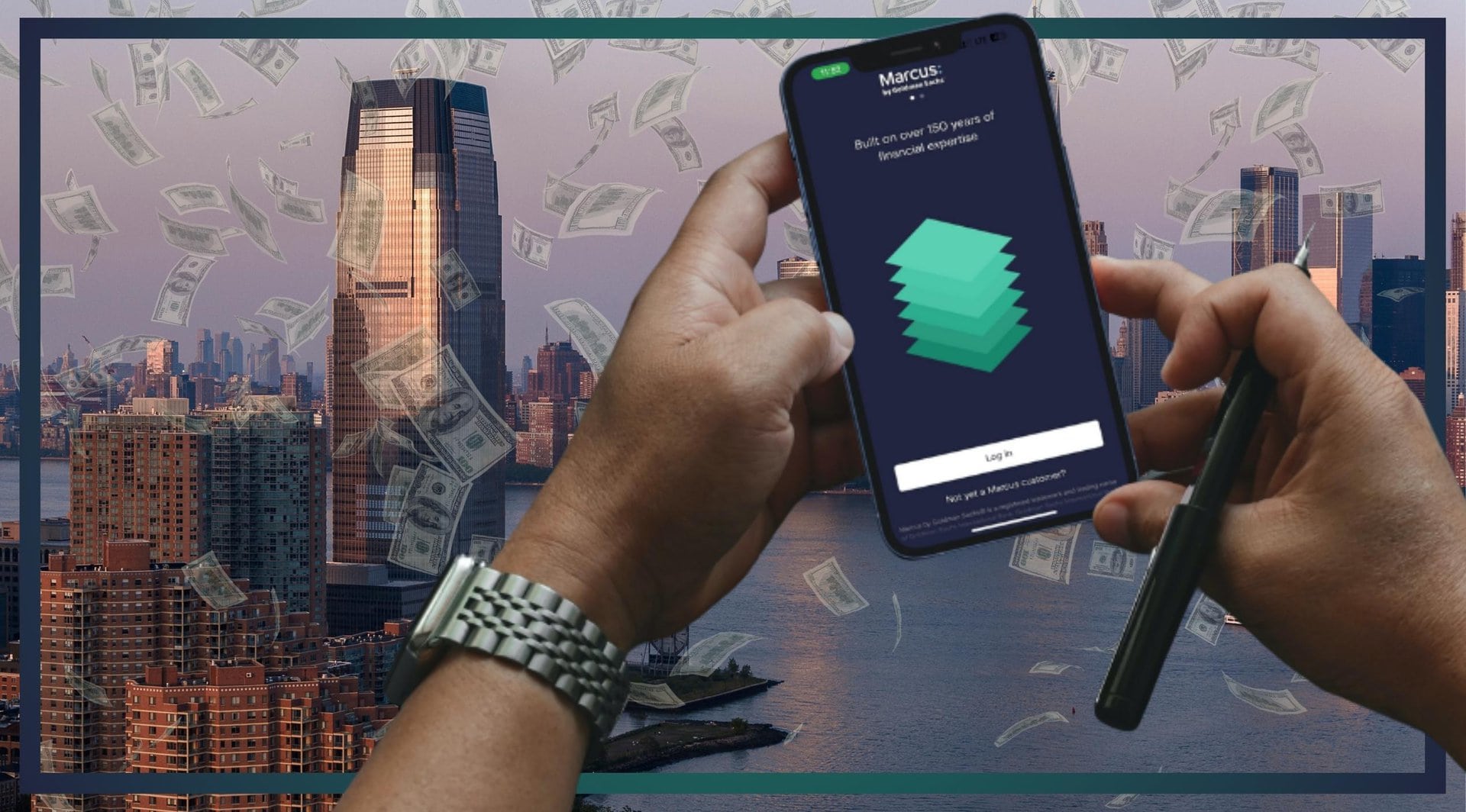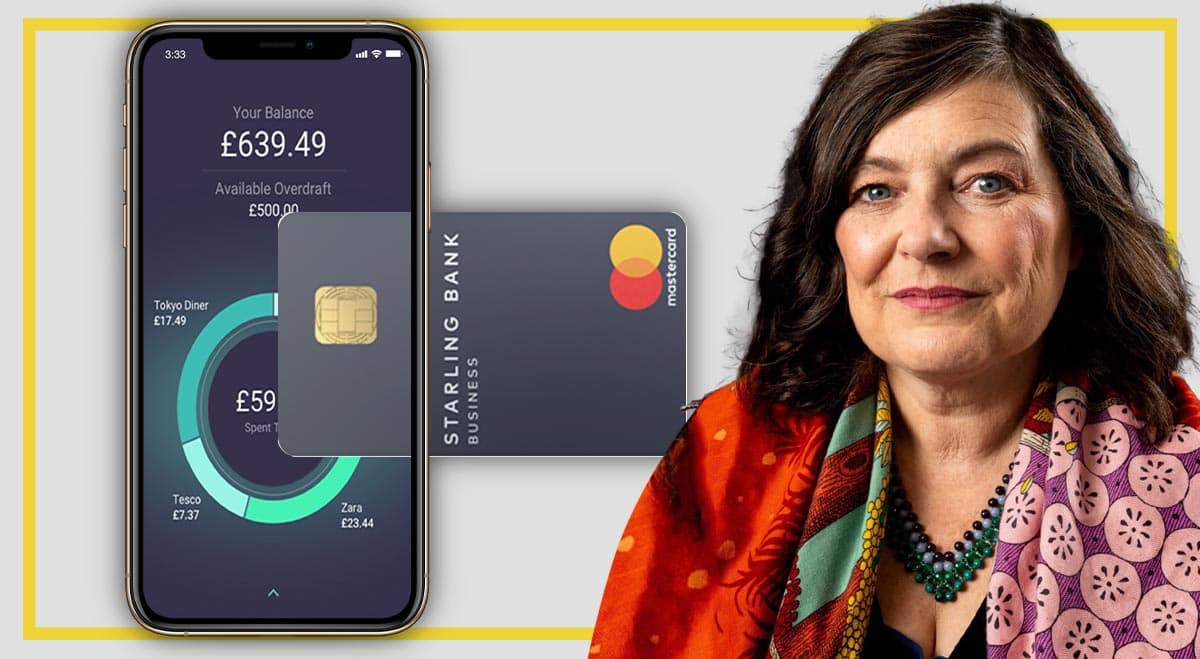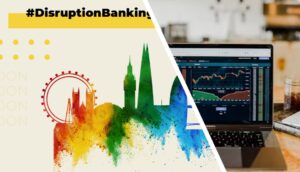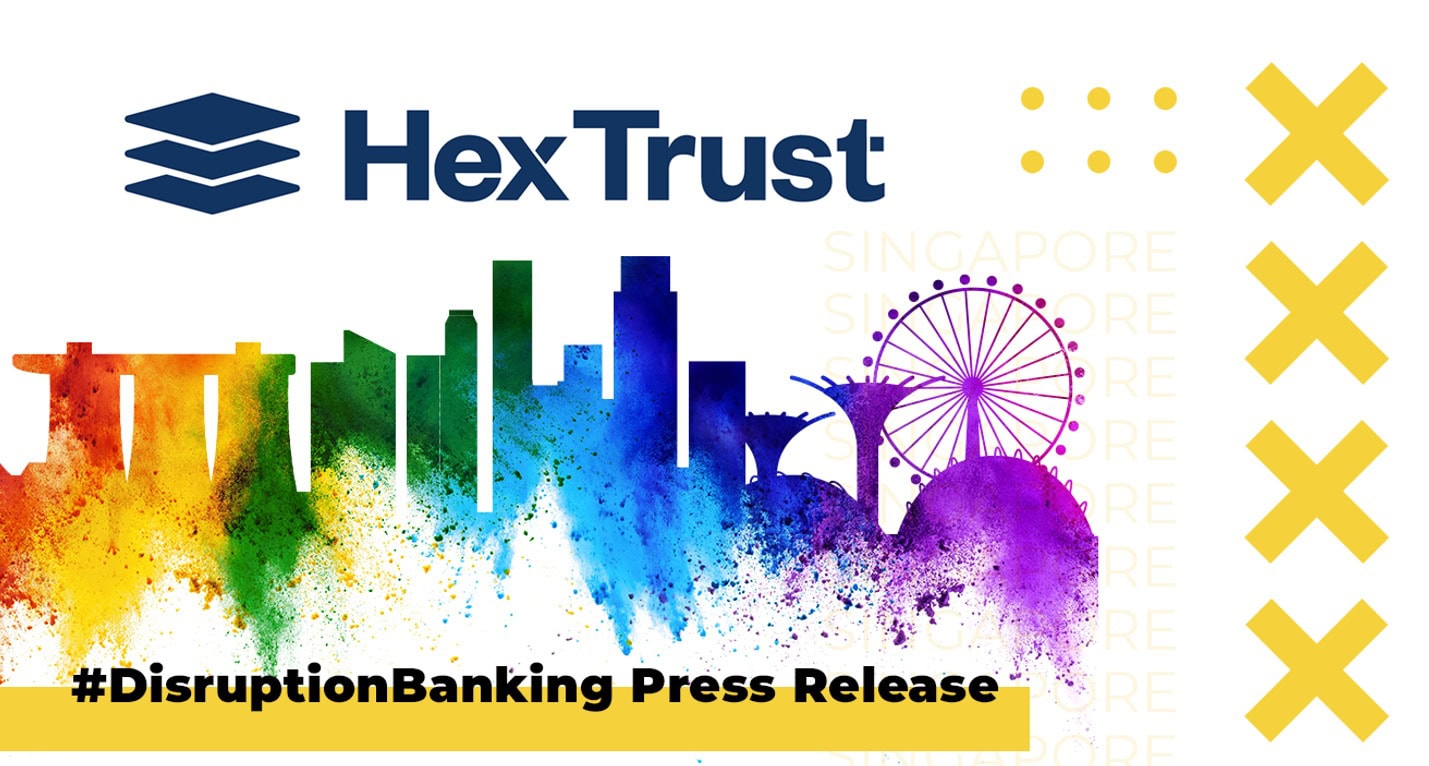It was not a short-term project. Goldman Sachs, one of the oldest financial institutions in the world, set out to build a digital banking division back in 2016. Two years later David Solomon took the helm at the investment bank and Marcus took a backseat for a moment. Ultimately, what has happened to Marcus was potentially down to two issues. Over-eagerness on the part of the bank, or a lack of strategic planning.
In 2016, Goldman Sachs launched its #consumerbusiness, Marcus by Goldman Sachs, offering products and services designed to address consumer pain points regarding finance.
— Digital Startup (@digitalstartup5) July 16, 2023
Marcus was named after the firm’s #Founder https://t.co/SK59yZ99CT
Marcus started in the UK back in 2018. However, by 2020 Starling Bank had won Best British Bank at the British Bank Awards three years in a row. Starling was the only challenger bank to get through 2020 bigger and stronger than at the start.
It wasn’t until a big marketing push by Marcus in 2020 that the brand started to gain in popularity. At the time customers were being offered an attractive 1.5% interest on their savings. This happened just before the pandemic hit when interest rates were particularly low. The push resulted in over 500,000 customers onboarding. Which, in itself, led Marcus to pause taking on new customers.
JP Morgan is another U.S. bank showing interest, with Chase being rolled out in the UK as a digital bank. Importanlty, JP Morgan disclosed that the project would have losses of more than $1 billion. The project wouldn’t break even till 2027-28. Interestingly, even with its push for new customers, Marcus was unable to get as many new customers as Chase.
In other news, N26 quit the UK after two years. Whilst last year Citi closed its UK retail banking division. This all makes quite grim reading for anyone other than Starling’s Anne Boden. And maybe HSBC, Lloyds, Natwest, Barclays and a handful of building societies.
Citigroup to wind down UK retail bank https://t.co/YKIBCYMNSJ
— Finance News (@ftfinancenews) September 21, 2022
Why Marcus Failed where others also Failed
Citi may not the right benchmark to follow. The bank has exited all of its global retail businesses as Jane Fraser continues her focus on wealth management. It is also worth noting that HSBC, BBVA and BNP Paribas have all exited U.S. consumer businesses. This was due to disparities in regulation and cultural differences which made it harder to sustain a retail banking business.
So, whilst Monzo, Starling and Revolut make digital banking look easy. It is anything but easy to setup a new consumer finance business in the UK. Or in most other jurisdictions for that matter. However, David Solomon did see an opportunity in creating a digital banking division. He spent much of his four years running Goldman Sachs pitching shareholders and his own executives on the benefits of building a full-service digital bank.
But all this has come at a cost. Some observers have suggested that Goldman Sachs has lost more than $3 billion. Add to that the $470 million loss in the first quarter of 2023 and one can see the full extent of the problem.
The problem isn’t just Marcus. Across the board, including investment banking revenue, Goldman Sachs has seen its revenue drop in 2023 so far.
Is £25 billion the magic number?
Due to historic turbulence across the banking industry in the UK, the Bank of England created a new rule commonly known as ‘ring-fencing’. As of the 1st of January 2019 the largest UK banks are required by UK law to separate core retail banking services from their investment and international banking activities.
This rule has affected Goldman Sachs as well as JP Morgan in the UK. According to the FT, Goldman Sachs did come into the UK retail market in 2018 partly in search of a cheap way to fund investment banking. At the same time the bank lobbied to have the ringfencing limit removed or increased. Unsuccessfully, so far.
Plans to grow into the German market are also now on the backburner for Marcus. Which might be a shame. Goldman Sachs is one of a few investors in fintech Raisin, a German financial technology firm that helps savers find better rates. Investing into fintechs may be the only way for Goldman Sachs to continue to have a footprint in the retail banking space in Europe today.
What about the collaboration with Apple?
In 2019 the Apple Card was launched. Goldman Sachs is appointed as the issuer of the card. The firm is made responsible for underwriting, customer service, the underlying platform and all matters related to regulatory compliance. The collaboration was seen as a significant step in developing Marcus as a global brand.
What the deal meant for Goldman Sachs was a retail branch of Marcus inside every iPhone in the world. Two billion of them. Offering over 4% in interest as well. Much higher than many other banks.
But Apple are a different proposition. The tech giant jealously guards it’s tap-to-pay function. It also makes banks pay 0.15% on credit card transactions straight to Apple. Either way, the new collaboration seemed to work for both parties. Or did it?
In February of this year a story surfaced suggesting that Goldman Sachs had lost over $1 billion through its partnership with Apple. Separately, Apple reported that it had onboarded $990 million in customer deposits within 4 days of launching its high yield savings account. The younger consumer looks good. But the cost of maintaining an infrastructure within the retail banking space? Bit different than Goldman Sachs is used to.
Some Apple savings account holders said they've had trouble transferring money from their new Apple accounts https://t.co/h6q7Q5oEDX
— The Wall Street Journal (@WSJ) June 1, 2023
Some commentators have suggested that Goldman Sachs only took the deal with Apple as few banks wanted it. Today, following on from some disgruntled customer feedback and other regulatory issues, Goldman Sachs seems to want out. Paving the way, potentially, for American Express to step in and work with Apple.
The Marcus business potentially folding is just one of the reasons that Goldman Sachs is looking to exit the consumer finance space.
What next for Goldman Sachs?
Much like Citi, it looks like the asset and wealth management business will become the focus for Goldman Sachs. But this week is all about second quarter earnings at Goldman Sachs. Just recently, Goldman Sachs sold $1 billion of personal loans from Marcus to Varde Partners. There is still another $3.5 billion in the loan portfolio left.
In 2021 Goldman Sachs bought fintech GreenSky for $2.2 billion. GreenSky is a U.S. fintech that works in the loans space. The fintech is up for sale today.
With the loan portfolio and fintechs being sold, one can imagine what the plan might be. In order to calm shareholders this week, Goldman Sachs needs to show that it is sorting out its balance sheet. It needs to do this so that it won’t have to repeat any dramatic activities later on in 2023.
Solomon told CNBC in June that Goldman would take “impairments” on loans it had made in commercial real estate. At the same time president John Waldron warned that equities and fixed-income trading was on track to be down 25% year on year.
Let’s see what Wednesday brings…
Author: Andy Samu
#Marcus #GoldmanSachs #UKConsumerFinance #RingFencing #ChallengerBank #ApplePay
See Also:
Did Goldman Sachs’ Hank Paulson ever leave Wall Street? | Disruption Banking
Should DJ Solomon be paid $35 million for his work in 2021? | Disruption Banking















3 Responses
If Marcus does not give me back my money after they closed my account, what options do I have to get them to give my money back? I have been working on this since September 18 and when I talk to bank clerks, they tell me my money is being returned … up to now, nothing!
I am trying to find the company who took over the personal loan part of Marcus. I want a payoff amount to close out this transaction. I do not want to do business with the new company.
What’s goong on with the gm catd can’t het into the account